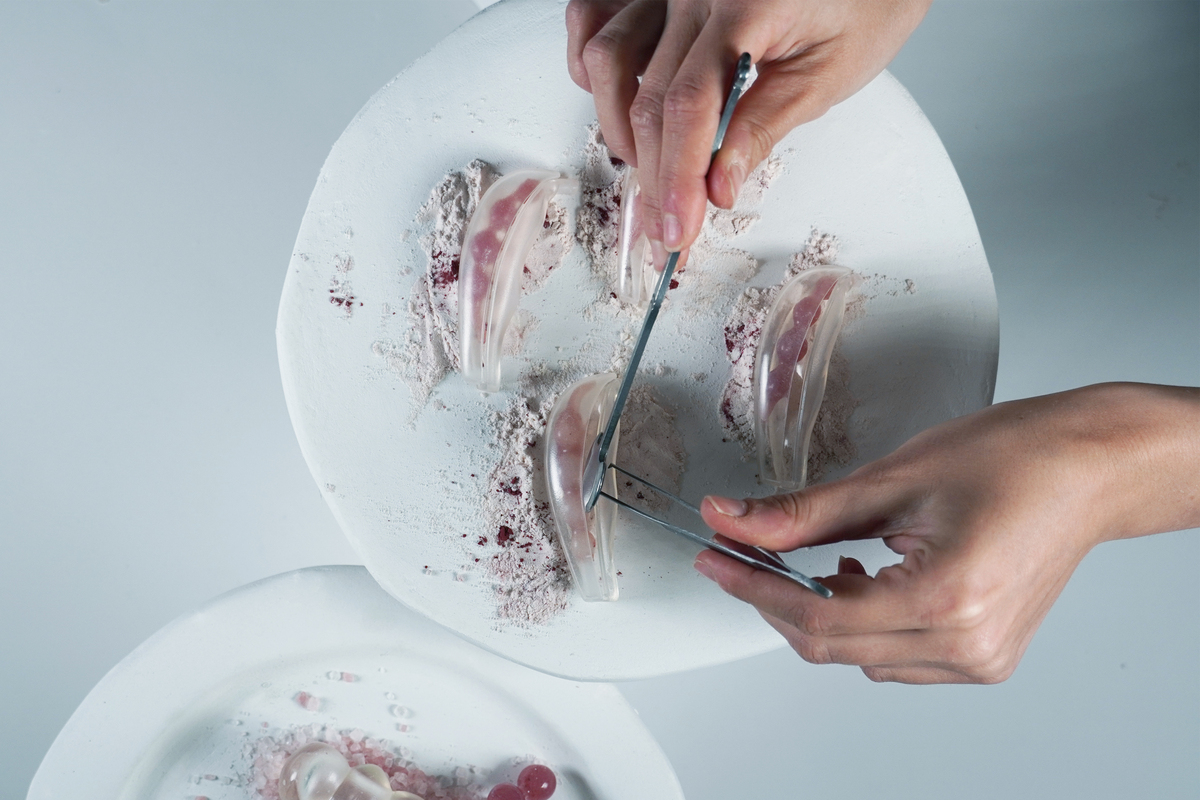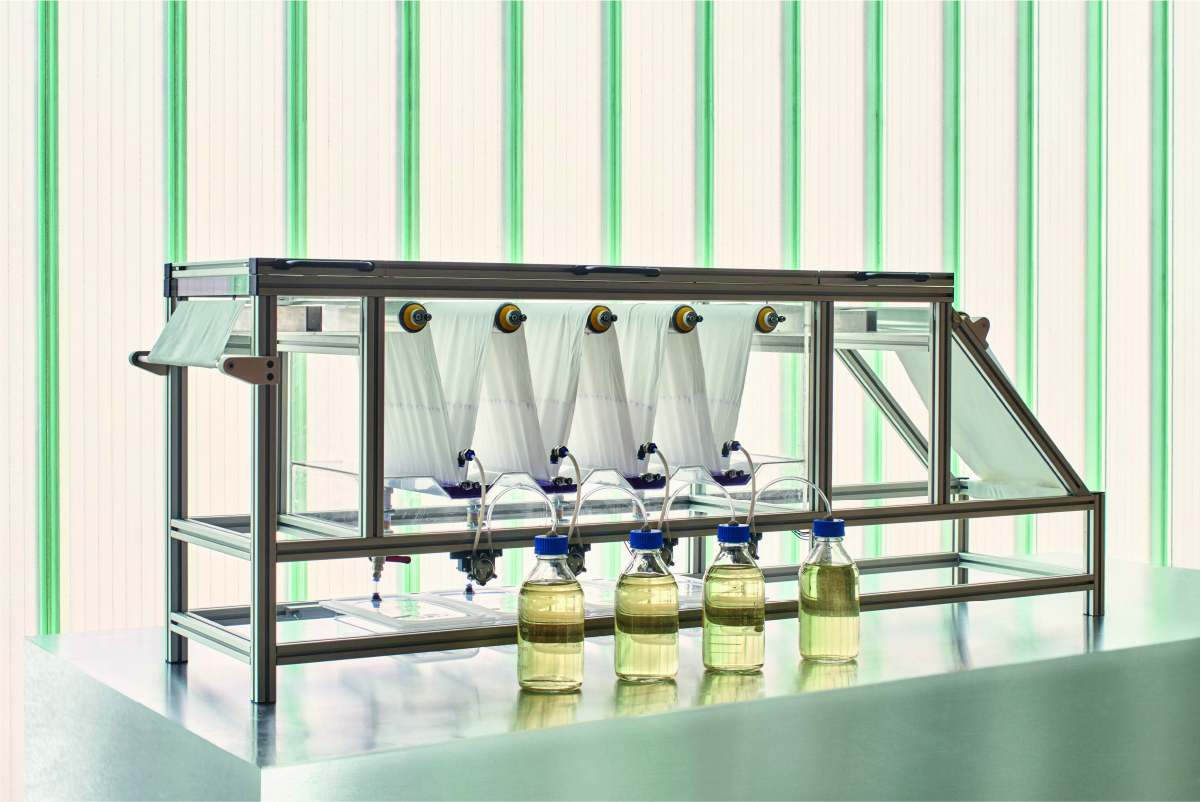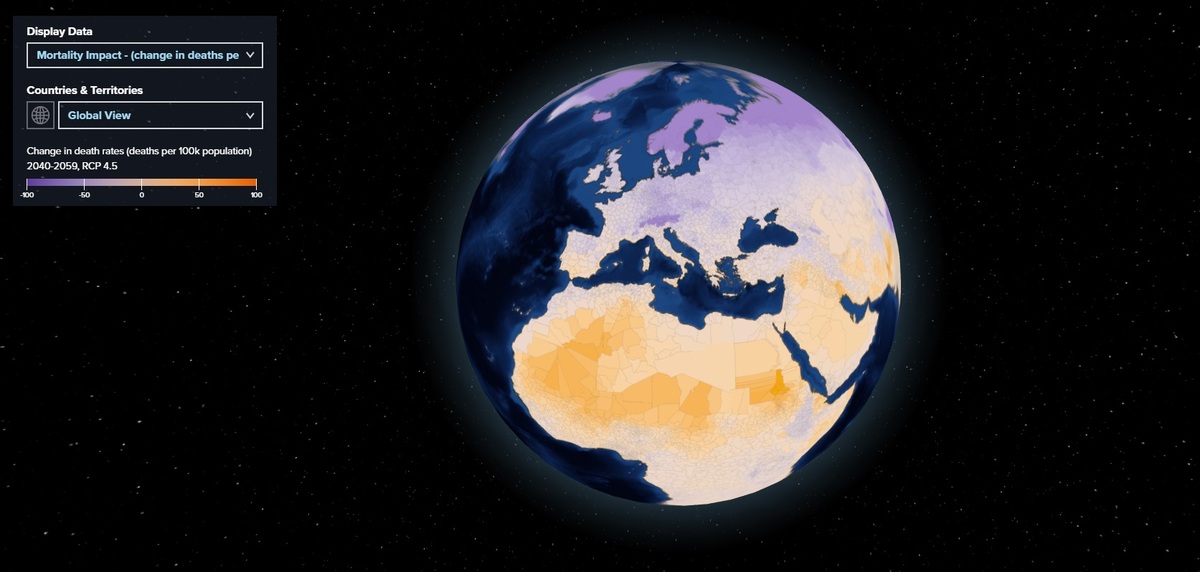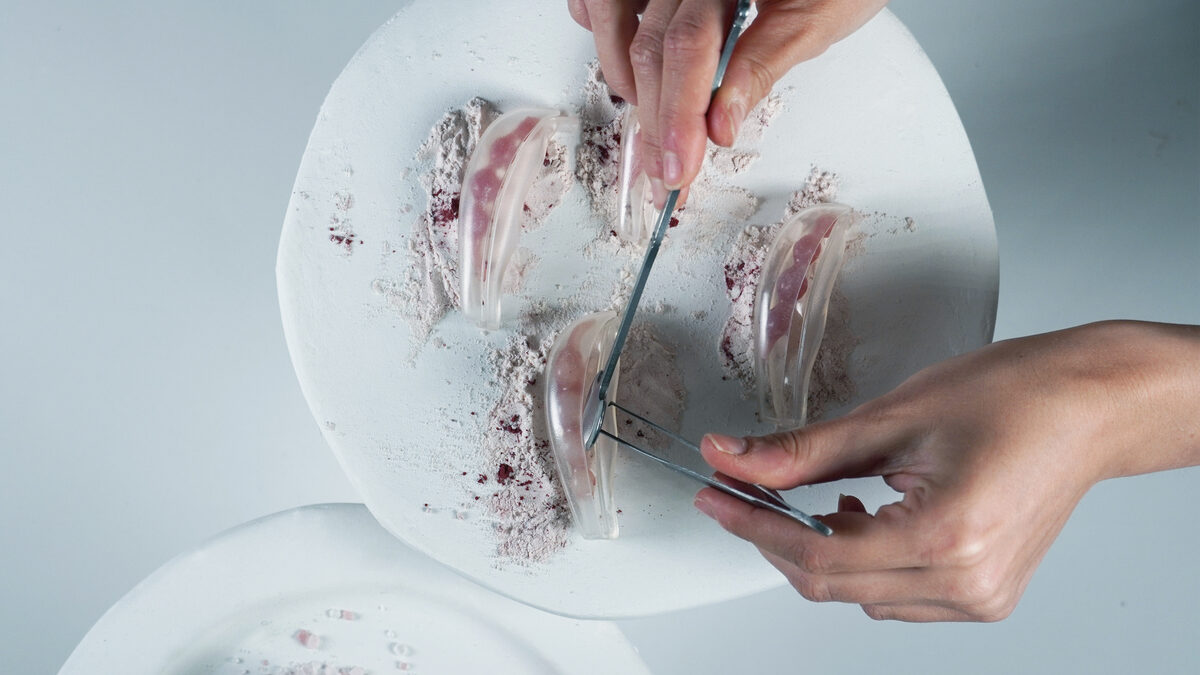
MUST-READ, the 2022 selection
The selection of the most interesting projects published in 2022 continues with our must-read articles – last weeks we published Design and innovation and New sustainable materials.
HONESTA, a new take on Italian furniture – Honesta is a project by Rawood, brand of La Bottega del Falegname. Honesta was born to combine high craftsmanship, industrial skills and design to develop new collections signed by international designers. Unique pieces with high quality standards, strong of the craftmanship know-how Made in Italy and the wise use of raw materials. Milan Design Week 2021 marks the debut of the Honesta brand with its first collection of irreverent and ironic furnishings, designed by Matias Sagaria.
OFF CAMPUS, local Milanese social innovation workshops – The covered Mercato Comunale in Milan’s Viale Monza doesn’t simply contain commercial enterprises, it is also home to a local Milan Polytechnic University workshop, Off Campus Nolo. This space follows in the footsteps of the first satellite campus, Off Campus San Siro, launched in 2019. It is a place for teachers, researchers and students to carry out research and educational activities as well as joint design projects and field work.
FERRARIA, the air quality hub – FerrAria represents the physical interface of AirBreak, the European project that has the ambitious goal of improving air quality in certain areas of the Emilian city of Ferrara. Curated by Laboratorio di Simulazione Urbana Fausto Curti Dastu, Politecnico di Milano, the hub is open to citizens to allow them to learn more about the issue of air quality through physical and digital contents (phygital) and with the participation in meetings and co-planning activities.
c
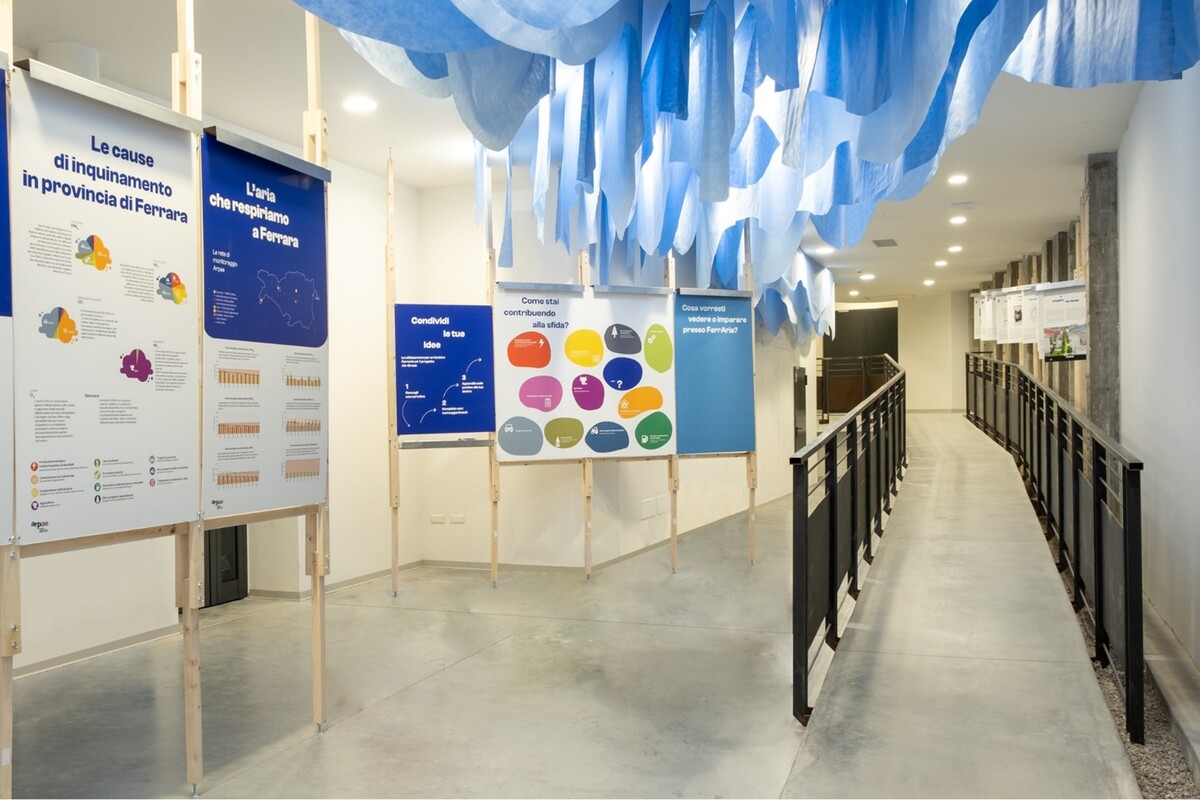
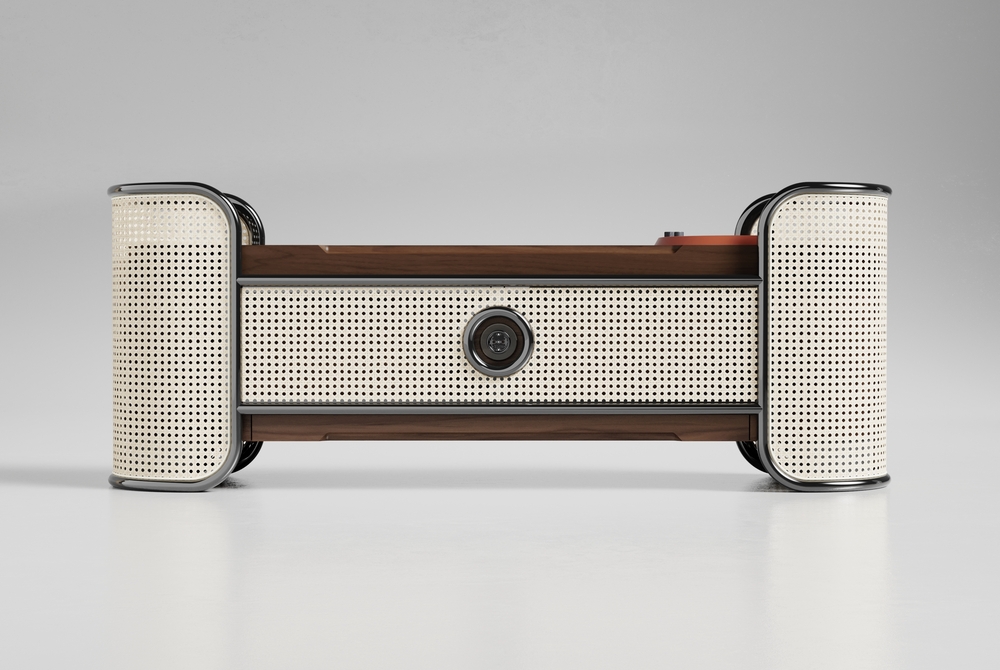
c
RECYCLING BEAUTY at Fondazione Prada, Milan – Open until 27th February 2023 at Fondazione Prada, Milan, “Recycling Beauty” is an unprecedented study dedicated entirely to the reuse of Greek and Roman antiquities in post-antique contexts. The exhibition is curated by Salvatore Settis and Anna Anguissola with Denise La Monica, designed by Rem Koolhaas/OMA.
KITCHEN ECOLOGY, design that transforms food waste – In recent years, researchers and designers have shown that many things can be created from food waste. There are those who have managed to create a new material from dried fruit shells, or those who have produced a vegetable faux leather from pineapple peel that would otherwise have gone to waste. Another area of research, whose applications have been before our eyes for quite some time now, studies the use of food compost to produce sustainable, renewable, and cheap energy.
c
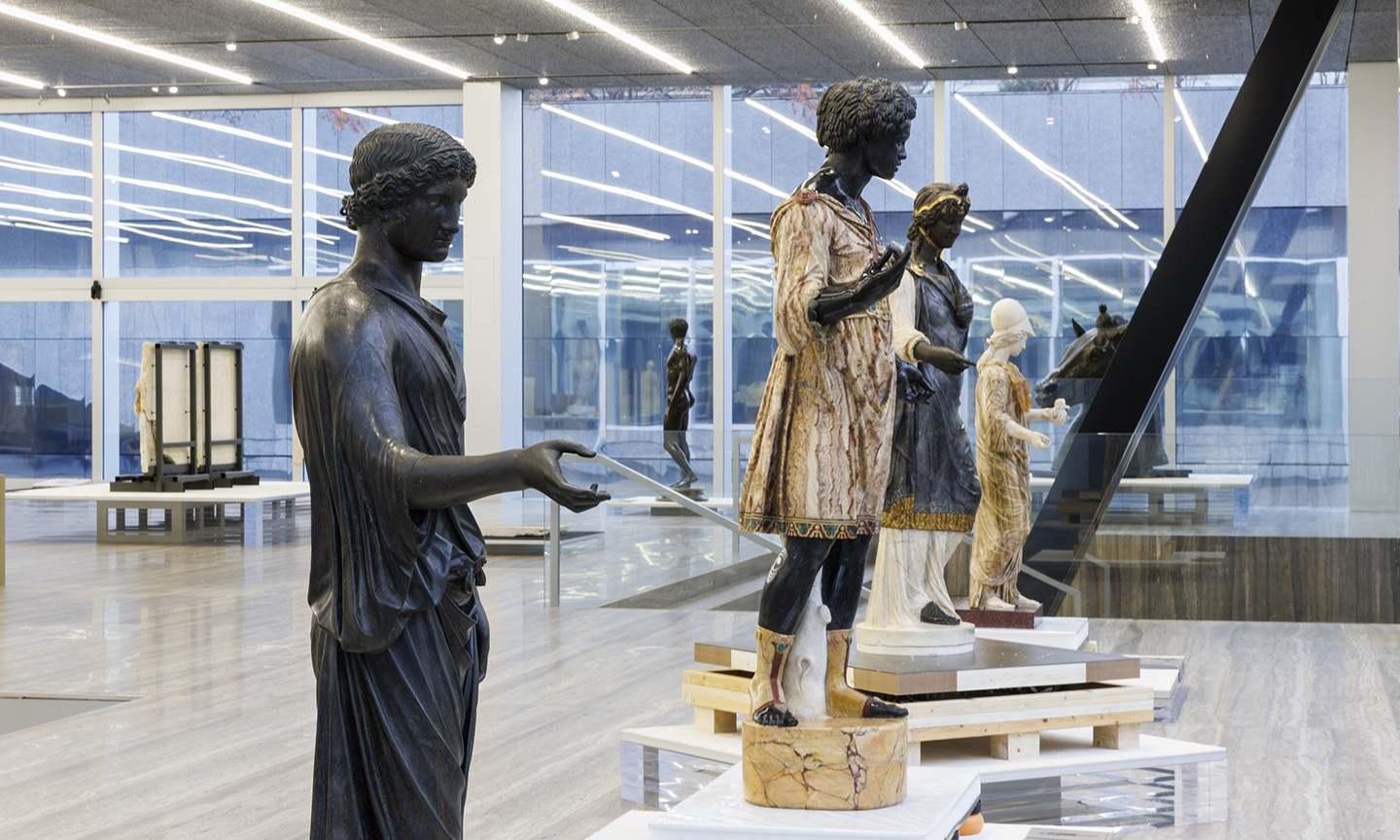
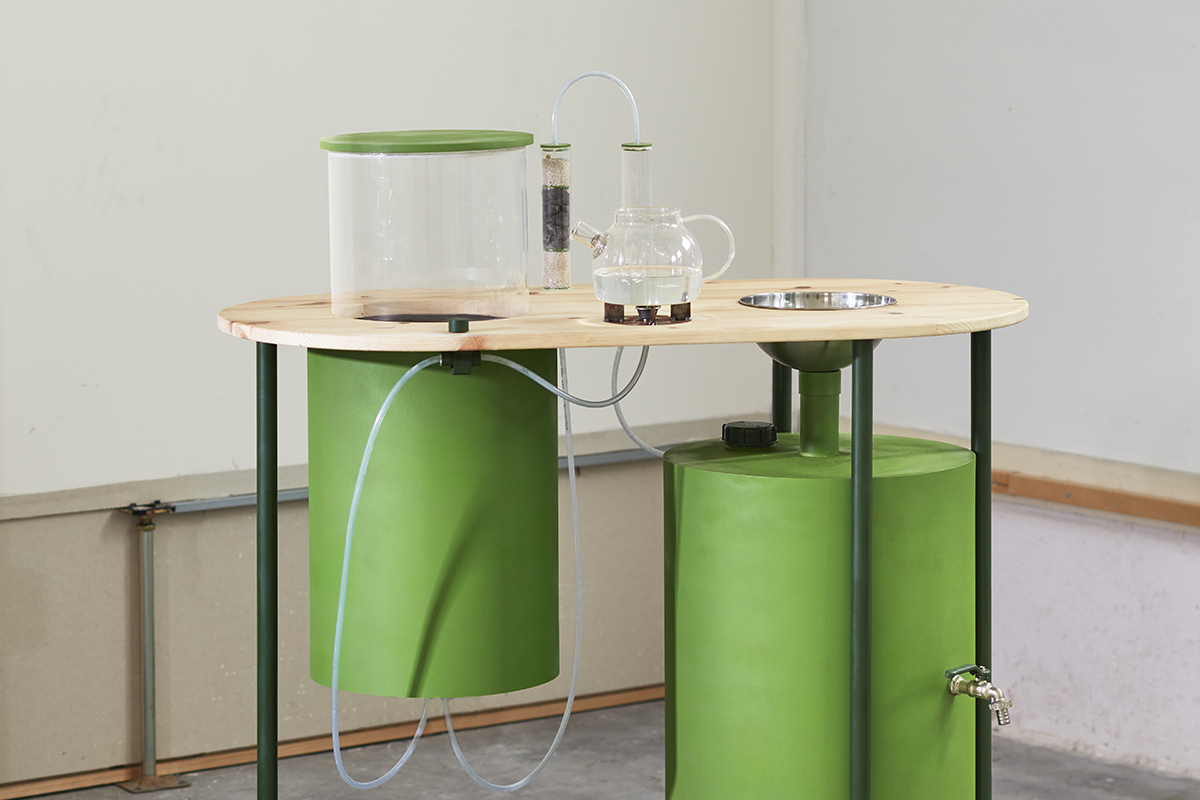
c
HUMAN CLIMATE HORIZONS, what future awaits us? – What kind of impact will climate change have on mortality, ability to earn a living and energy consumption in the near future? The answer can be found in the new Human Climate Horizons (HCH) tool, the free platform of the United Nations Development Program (UNDP) that uses cutting-edge data provided by the collaboration of scientists and researchers of the Climate Impact Lab with the goal of influencing climate policy around the world.
DESIGNING THE FUTURE OF FOOD WITH MICROALGAE – To cope with the looming climate emergency and the resulting food insecurity we should prepare for, there are those who are working to find ways to introduce some species of algae into the future Western diets. Microalgae, which arrived in our supermarkets decades ago under the name spirulina seaweed, are the ones that are best suited for the purpose – as designer Malu Lücking discovered.
“CULTIVATING” COLOR with fungi and bacteria – Developing sustainable pigments, obtained from renewable processes, is the joint challenge to which designers, researchers and companies are devoting themselves, combining biotechnology and design with results that promise to change forever the way we dye our garments and beyond. Designer and biomolecular scientist Jesse Adler has identified fungi as the ideal resource to further this mission. While with Moving Pigments, designer Charlotte Werth proposes an automated and scalable system for producing textile pigments from cultures of live bacteria.
c
